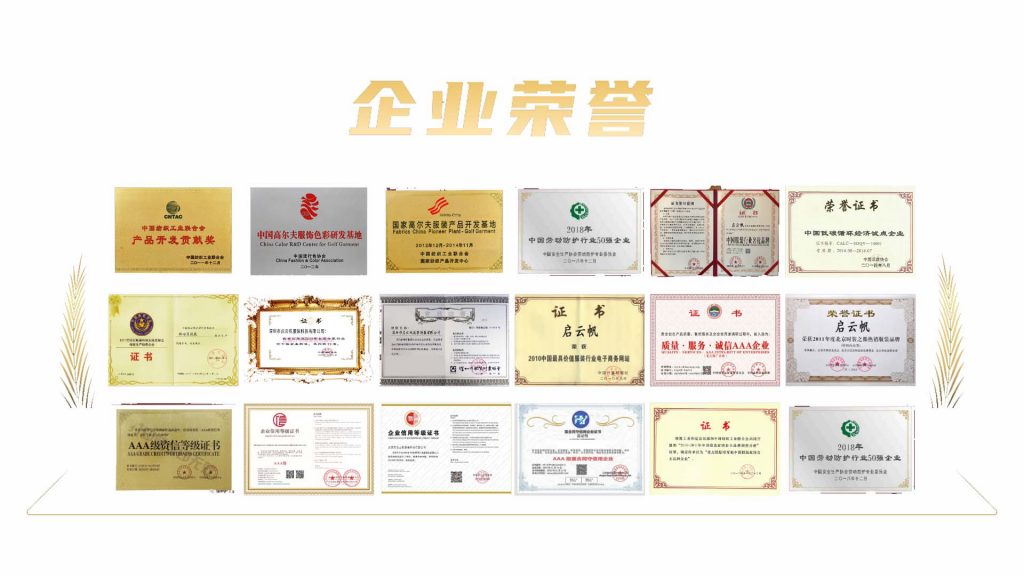
Title: The Significance of Cleanroom Garments in a Dust-Free Environment
Introduction:
Cleanrooms are controlled environments used in various industries such as pharmaceuticals, electronics, and biotechnology, where even the smallest particles can have a significant impact on product quality. In these environments, cleanroom garments are essential to minimize particle generation and contamination risks. This article explores the importance of cleanroom garments and their role in maintaining the integrity of a dust-free environment.
1. Maintaining Particle Control:
Cleanroom garments, including coveralls, hoods, gloves, and shoe covers, are specifically designed to minimize particle shedding. These garments are made from low-linting materials that reduce the release of microorganisms, fibers, and contaminants into the air. By wearing cleanroom garments, employees ensure that they themselves do not contribute to the contamination of critical areas and sensitive equipment.
2. Personal Protection and Safety:
In addition to controlling particle generation, cleanroom garments provide personal protection to workers. These garments act as a physical barrier between individuals and potentially hazardous substances or processes within the cleanroom. For example, cleanroom garments made from flame-resistant materials protect workers from heat sources, while those made from chemical-resistant materials safeguard against exposure to harmful chemicals. This personal protection aspect is crucial for employee safety and well-being in a controlled working environment.
3. Sterility and Product Integrity:
In industries such as pharmaceuticals and biotechnology, maintaining sterility and product integrity is paramount. Cleanroom garments are specially designed and manufactured to meet stringent requirements for sterility. These garments undergo rigorous cleaning and sterilization processes before being worn in the cleanroom. By wearing cleanroom garments, employees minimize the risk of introducing bacteria, particles, or contaminants that could compromise the quality and safety of the products being produced.
4. Visual Identification and Compliance:
Cleanroom garments often come in different colors or designs to denote different levels of cleanliness or areas of access within the cleanroom facility. This visual identification helps maintain compliance with specific protocols and standards, ensuring that personnel are aware of their designated areas and can easily identify if someone is in an unauthorized or restricted zone. By adhering to visual identification guidelines, companies can maintain a controlled and well-organized environment.
5. Comfort and Productivity:
Cleanroom garments are not only designed for functionality but also for comfort. Employees working in cleanrooms often spend long hours performing intricate tasks, and their comfort directly impacts productivity. Cleanroom garments made from lightweight and breathable materials, with ergonomic designs and adjustable features, allow for ease of movement and minimize discomfort during extended periods of wear. This ensures that employees can focus on their tasks without distractions, ultimately enhancing productivity.
Conclusion:
Cleanroom garments are crucial components of maintaining a dust-free environment and ensuring the integrity of products in industries where contamination can have severe consequences. These specialized garments minimize particle generation, provide personal protection, and maintain the sterility required in cleanroom environments. Visual identification through different colors or designs aids in maintaining compliance and controlled access within the facility. Additionally, comfortable cleanroom garments enhance employee well-being, allowing them to focus on their tasks and maximize productivity. Cleanroom garments play a vital role in creating a controlled and safe working environment, guaranteeing product quality, and safeguarding the reputation of companies operating in highly sensitive industries.
今天关于无尘车间无尘服照片就聊到这里哦,有更多无尘车间无尘服照片相关咨询请联系启云帆服装哦!
